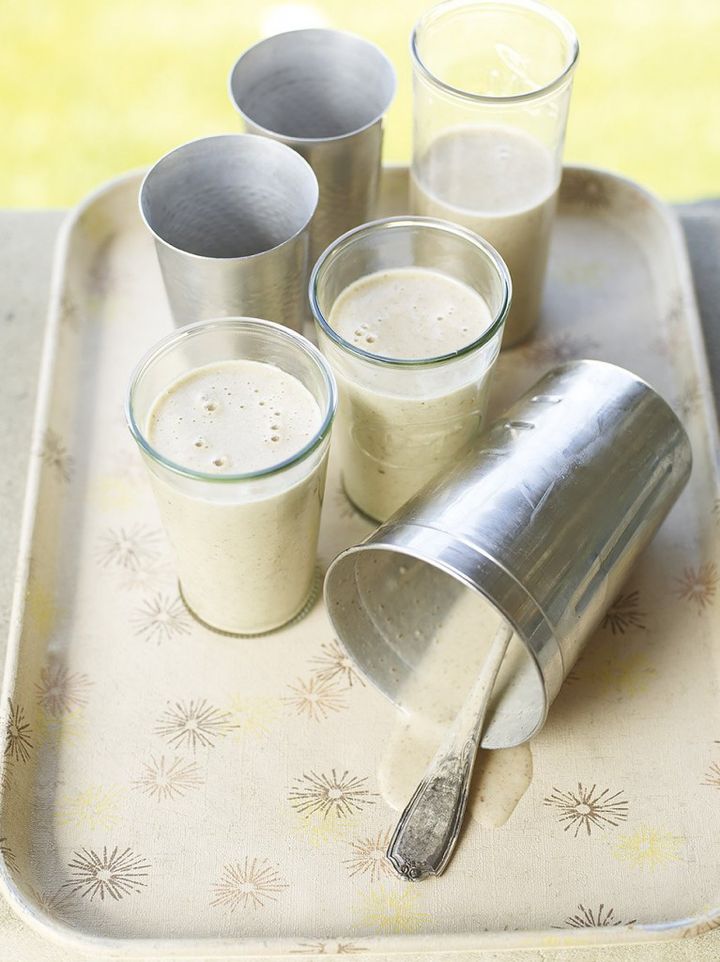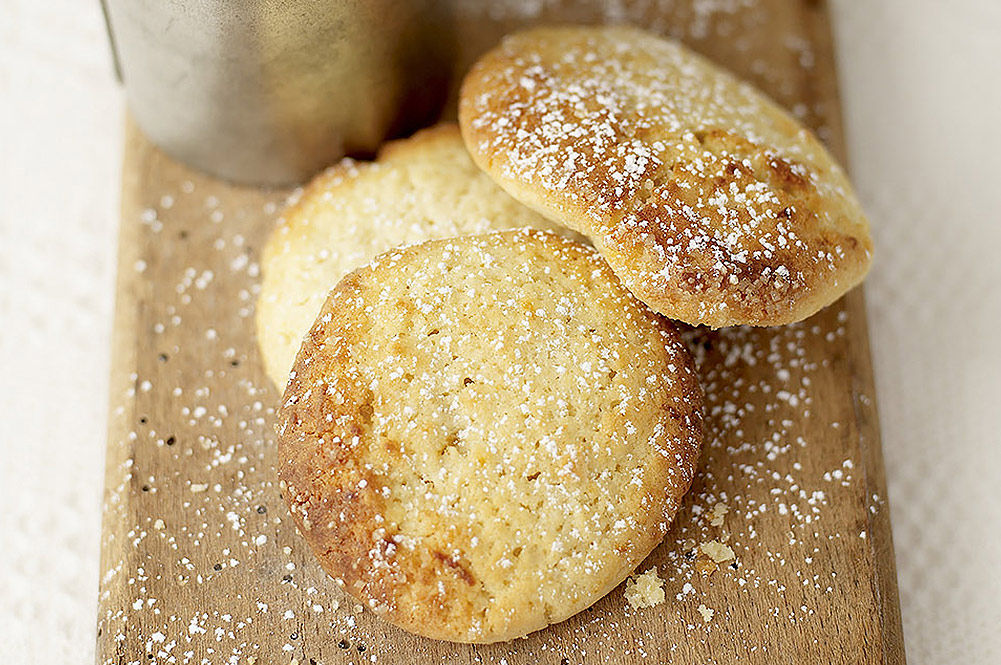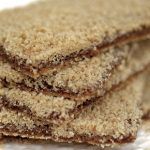Christmas is a challenging time of year for those folk with a food intolerance. With loads of delicious treats it can be frustrating that so many traditional foods contain allergens – Christmas cake, mince pies, stuffing and sausage meat, even bread sauce. However, with some forward planning and clever tweaking of recipes, no one should feel like they are missing out.
Christmas is a challenging time of year for those folk with a food intolerance. With loads of delicious treats it can be frustrating that so many traditional foods contain allergens – Christmas cake, mince pies, stuffing and sausage meat, even bread sauce. However, with some forward planning and clever tweaking of recipes, no one should feel like they are missing out.
Allergies and intolerances are a bigger problem than most people think. Nearly one in ten children has some sort of allergy, and around 2% of all adults too. A food allergy is where an individual has an instant reaction to eating a food that contains a common allergen such as fish, egg, milk, gluten and nuts. Symptoms may include abdominal pain, wheezing, swelling and itching, and rapid treatment is required because it can be fatal. Food allergies are often confused with food intolerances, which are more common and usually less severe. Symptoms may include bloating and nausea, and they develop more slowly, sometimes many hours after the food has been eaten, which can add to the confusion in identifying the problematic food.
 Switch cows milk for soya or almond milk for a dairy-free alternative of this date shake
Switch cows milk for soya or almond milk for a dairy-free alternative of this date shake
In recent years the availability of ‘free from’ foods, which eliminate common allergens, has dramatically increased. It’s now possible to buy common staple food and drink such as such dairy-free milk (e.g. soya and rice milk) and cheese for those with lactose intolerances, and gluten-free bread, breakfast cereals, soup and pasta for coeliacs, so if you’re catering for someone with an intolerance take a look at the ingredients of a dish and see what you can change to make it suitable. Sometimes a small tweak to a recipe can mean everyone will be able to enjoy it. For example, our delicious festive lemony butter biscuits can be made gluten free simply by using gluten-free flour and making sure your use gluten-free baking powder too. You can get both from any supermarket, and people won’t notice the difference.
If you’re catering for someone on a dairy-free diet, rice and soya milk dairy products are good alternatives to cow’s milk in recipes like our gorgeous date shake, which has a pinch of cinnamon for a Christmas twist. You could also try our dairy-free chocolate truffles. With all these ingredient substitutions it’s probably best to try them out individually before you use them in recipes, as some can leave a distinctive taste.
 These amazingly rich truffles are made with coconut milk, making them dairy-free
These amazingly rich truffles are made with coconut milk, making them dairy-free
For more information on food allergies and intolerances check out the Allergy UK homepage.























